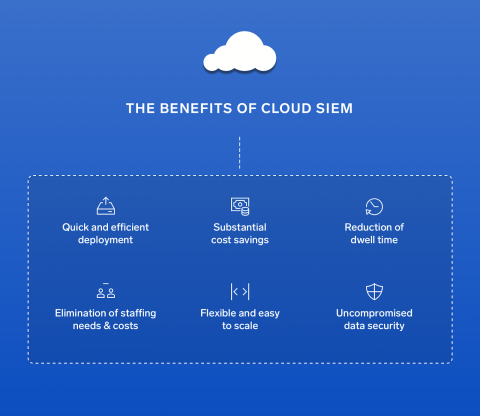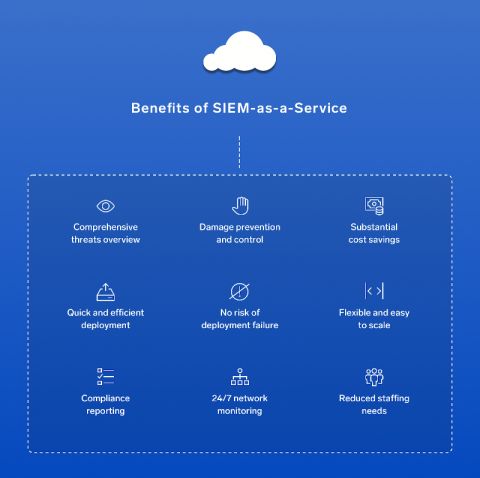What is Return on Security Investment? How to Measure the Return on Investment (ROI)?
It is crucial to invest in cyber security due to state of cybersecurity today. Before making any decisions concerning the security posture of your business, you must consider the Return on Security Investment. In this article, we took a closer look at what ROSI is and how it is calculated.





